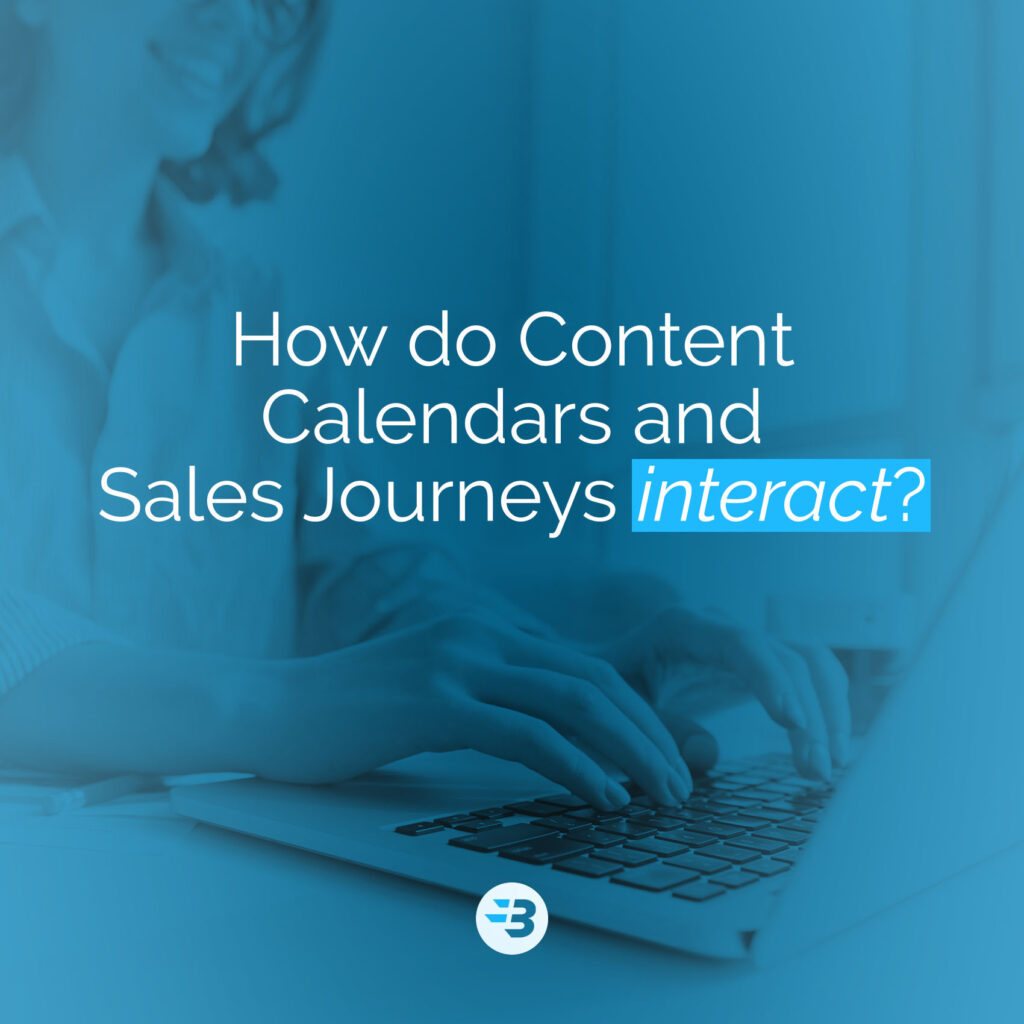Customer Journeys and Content Calendars
An effective content strategy is built by understanding your customer’s journey. Your content can align with each stage of their journey and guide them to conversion by using a journey map. It’s no wonder that over 60% of the world’s successful companies have one.
The content strategy optimization tips and insights we provide cover the entire content cycle, from capturing their attention and awareness to retaining their interest at consideration to motivating them to take action at conversion. Your customer engagement strategy should center around increasing engagement, building trust, and ultimately driving conversions. Creating an effective content calendar is the key to success.
Customer Journey Analysis:
Take a moment to understand what makes your customers tick so you can develop a content calendar that genuinely resonates. A customer’s journey begins when they become aware of your brand and ends with the final purchase decision. When you understand this journey, you can create content to meet your customers’ specific needs and pain points at each stage.
Consider the customer journey stages, such as awareness, consideration, and decision. After that, identify your customer’s main touchpoints and channels. Your goal is to determine what content and messaging will most effectively motivate them to purchase. Through the customer journey, offer value and build trust.
Customer Journey 101
Visualize how your potential customers experience your brand at different stages. To develop a content calendar that meets the needs and preferences of customers, mapping out the customer journey is essential. You can identify the awareness stage as customers understand their needs or problems. After that, they move to the consideration stage, where they research and evaluate possible solutions. Next, customers make their final purchase decisions at the decision stage. As the last step, don’t forget to include the post-purchase stage, where you can nurture and retain customers through follow-up content. Understanding these stages allows you to tailor your content to address specific pain points and provide valuable information at every step, ensuring a seamless and engaging customer journey.
The Awareness Stage: Content Creation
To capture your audience’s attention and ignite a spark of curiosity, you’ve got to create rich, compelling content from the first interaction. Content that grabs attention and introduces your brand to potential customers is crucial during the awareness stage.
Make the most of this first impression and show your expertise and value.
Write blog posts, post to social media, and create helpful videos. You should use compelling headlines and visuals to differentiate your content from other content online. You can effectively build awareness and establish relationships with potential customers by creating engaging content that resonates with them.
Major players such as Hubspot report that those companies that publish more than 16 posts a month generate 3.5 more traffic than those that publish less than 4. A content calendar helps you keep these plans organized and in motion.
Writing Consideration-Stage Content
involves creating informative and valuable resources that guide potential customers toward making a well-informed decision about your brand. In this stage, customers actively evaluate and compare different options to find the best fit. Use your content to highlight the unique selling points of your products and services and address their concerns or objections.
Many types of content are suitable for the consideration stage, such as product guides, comparison charts, case studies, and testimonials. You can build trust in your brand by providing prospects with this content. Your brand must demonstrate its unique benefits and features and how your products or services can solve their problems.
Developing Conversion-Stage Content
Creating conversion-stage content that shows off your brand’s unique selling points is crucial to helping potential customers make an informed decision about your brand. In the content, you must convince users to take the desired action, whether purchasing, registering for a subscription, or requesting a demo: feature success stories and testimonials from customers who have already converted to your product or service. Customers can also benefit from clear, concise product descriptions highlighting key benefits and features. Calls to action throughout the content can further encourage conversions. A conversion-stage marketing plan should address your audience’s specific pain points and reassure them that your brand is the best choice.

FAQs:
Can I track and measure customer journey effectiveness with my content calendar?
You can track and measure website traffic, engagement metrics, conversion rates, and customer feedback based on your content calendar.
Can tools or software help map out the customer journey?
You can map out the customer journey with several tools and software. Using these tools, businesses can optimize their content strategy based on insights into customer behavior, preferences, and interactions.
How can awareness-stage content be promoted to reach a larger audience?
Using social media platforms, conducting targeted advertising campaigns, engaging influencers, optimizing SEO, and syndicating content are some strategies that can be used to promote awareness-stage content.
Can I ensure my consideration-stage content engages potential customers?
Focus on addressing potential customers’ pain points and offering valuable solutions for consideration-stage content to engage. You can create a compelling and relatable experience using storytelling techniques, captivating visuals, and personalized messaging.
Tactics to Improve Conversions
Conversion-stage content can be improved by using clear calls-to-action, persuasive language, storytelling, incentives, and testimonials.
Developing a content calendar around your customer journey is essential to engage with your target audience effectively. By understanding the different stages of the customer journey, you can develop content that addresses each stage’s challenges and needs. By planning your content creation, you can increase awareness, boost conversions, and ultimately achieve better customer satisfaction and business success. Let your customer journey thrive by planning your content calendar today.








